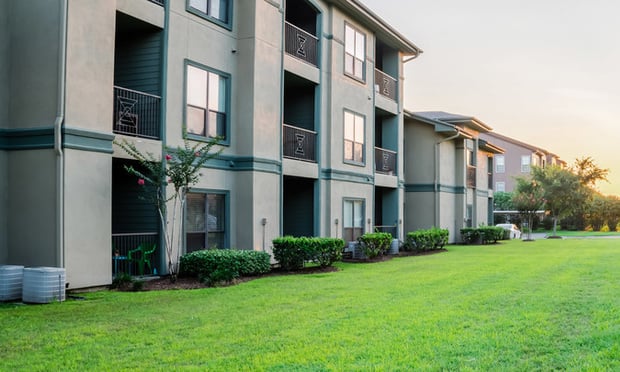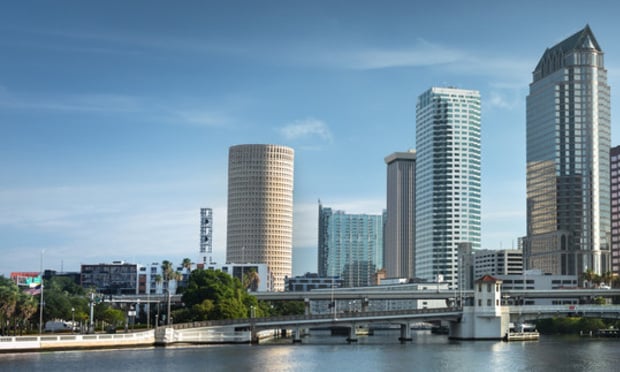DALLAS—Data cruncher Ten-X Commercial recently released its latest US office market outlook, including the top five buy and sell markets for office properties. The analysis shows a strikingly vulnerable national office sector with vacancies that have remained essentially unmoved in the past two years and rent growth slowing to its weakest pace in five years.
Markets that recovered this cycle are struggling with increased supply, while left-behind markets that had limited improvement, remain weak. While 26 different regional markets had four-year projections downgraded by Ten-X in this most recent analysis, there were no markets in which the four-year prospects improved, highlighting the widespread nature of the sector's vulnerability.
However, Portland, Sacramento, Dallas, Tampa and Long Island are the top markets in which investors should consider buying office properties, according to Ten-X. These markets either have strong overall economies and specific sectors creating office jobs, or are simply benefiting from constricted supply.
While Ten-X Commercial forecasts a steep drop-off in demand for Dallas office space during the 2019 to 2020 downturn scenario, this will lead to rent declines and higher vacancies. Nevertheless, as the market begins to correct in 2021, strong demand is expected to return.
“Dallas was named a 'buy' market for several reasons,” Matt Schreck, quantitative strategist of Ten-X Commercial, tells GlobeSt.com. “We expect a hot economy and surging apartment demand will coincide with a decelerating rate of completions in the coming years, which gives Dallas a healthy outlook and minimizes downside risk. Underpinning office demand in Dallas are strong demographics, growth in the professional/business services sector and an unemployment rate of 3.2%, well below the national average.”
Despite national office employment growth this cycle that has surpassed the pace of previous economic expansions, demand remains lackluster. Since 2010, technology and workstyle changes have reduced office space per worker by approximately one third to just 150 square feet per worker today, a trend that has defined this cycle and left the US office segment oversupplied.
“Even with the prolonged nature of this economic cycle, demand for office space has been limited, leaving the segment extremely vulnerable,” said Ten-X chief economist Peter Muoio. “At this point, regional nuances are getting lost. Our 'heat map' gives a graphic portrayal of the performance of the office segment, and it clearly depicts a sector that is faced with considerable risk.”
Want to continue reading?
Become a Free ALM Digital Reader.
Once you are an ALM Digital Member, you’ll receive:
- Breaking commercial real estate news and analysis, on-site and via our newsletters and custom alerts
- Educational webcasts, white papers, and ebooks from industry thought leaders
- Critical coverage of the property casualty insurance and financial advisory markets on our other ALM sites, PropertyCasualty360 and ThinkAdvisor
Already have an account? Sign In Now
*May exclude premium content© 2024 ALM Global, LLC, All Rights Reserved. Request academic re-use from www.copyright.com. All other uses, submit a request to [email protected]. For more information visit Asset & Logo Licensing.









